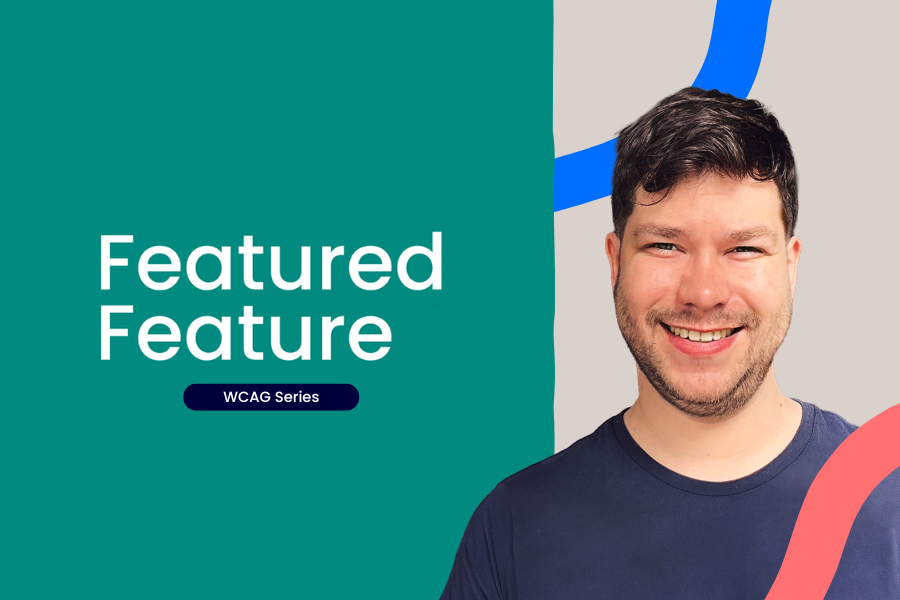Featured Feature WCAG Series Episode 1: Why Accessibility Matters

Featured Feature: WCAG Series
A Featured Feature that isn’t really a feature, but is so important it gets its own miniseries: Web Content Accessibility Guidelines (WCAG).
In the first episode, Product Designer David talks about why accessibility matters for everyone, not just the 135 million people in the EU (and 1 billion worldwide) with a disability. With EU laws making accessibility a requirement, he walks you through the WCAG guidelines, the compliance levels, and why aNewSpring aims for AA.
👇 Watch the first episode.
Full transcript
Hello everyone. My name is David.
I'm a Product Designer here at aNewSpring, and today I wanna talk a bit about why accessibility matters, and most importantly, what do you need to do in order to make your content more accessible to your learners? So, yeah, let's just get started.
First things first, why accessibility matters. Maybe a little bit of a silly thing to say, because obviously it does matter. We can all agree that a website should be able to be used by anyone, but why does it actually matter?
Well, in just the European Union alone, there are over 135 million people with a disability, which is a very, very large group. By the way, this is 1 billion worldwide.
So that's one thing, but it's not just for them. It's also for everyone, basically. Because if you have an accessible design and accessible website, it makes it better for everyone. It just makes everything more user friendly. And besides that, of course, why does it matter?
Well, it's becoming law, in Europe, or it already is. By the time you see this video. That law does apply right now to new products that are going liveThese need to be fully accessible if you have an existing product like aNewSpring. You have until 2030. So there's a bit of wiggle room there. A bit of time to get things supported basically.
So yeah, these videos are just in time. I'd say.
Also, when I say fully compliant, let me explain that. Basically you have something called WCAG, which stands for Web Content Accessibility Guidelines. And to put it very simple. You comply to these guidelines and boom, your website is accessible. Now, that's very easily said than done.
Unfortunately, there are a lot of guidelines because it does address that very big, large group of people that we spoke about. But there are different levels of compliancy that you can go for. So if you go for the minimum; level A, you don't need to comply to all these guidelines, basically.
We at aNewSpring, we like to go a little bit above. So we go from AA, if you were wondering. And yeah, we're taking care of this. We're really working hard on this and it's going great,but there are a couple of guidelines that are related to content, and that's what I wanna talk about in these videos.
So let me show you. So, as you can see, I have a list here of content related guidelines, is what I started calling them, basically. It is around, now it's eight guidelines that you guys need to care about.These make your content more accessible. There are multiple ways of doing that. And in upcoming videos, I'm gonna show you exactly how to do that. So each video is gonna focus on one of these guidelines or a couple of these guidelines that go properly together.
And we're gonna do this together. So yeah, it might seem daunting, but don't worry. I will try to explain it as simple as I can and show you basically in the platform how it's done.
Thanks for watching this little introduction of why accessibility matters. In the next one, we're gonna talk about non-text content, or alternative text. You could also call it. If that doesn't make any sense, please watch the next episode. It's gonna make sense. Don't worry. It's gonna be great and we're gonna make all your content accessible.
Alright, see you in the next one.
